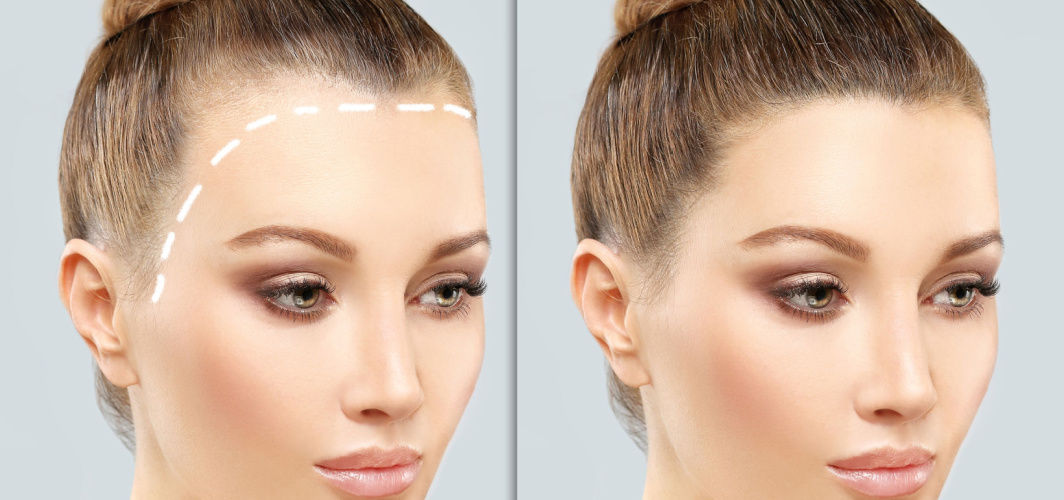Skin Care
All You Need To Know About Hair Transplant Surgery
4 min read
By Apollo 24|7, Published on - 28 April 2023, Updated on - 19 June 2023
Share this article
0
0 like

Thinning of hair, receding hair line and premature baldness are some of the common issues experienced by the youth nowadays. While unhealthy eating patterns and too much stress may affect hair quality adversely, people with a family history of baldness may be at the highest risk. While getting your luscious hair back may seem impossible, a hair transplant procedure may help alter your hairlines. Let’s know more about hair transplant surgery and its efficiency.
What Is A Hair Transplant Surgery?
Hair transplantation, also known as hair restoration or replacement, is a surgical procedure that involves planting hair follicles on bald or thinning areas of the scalp. It is usually meant for people who have already tried other methods of restoring hair but were unsuccessful.
As per Dr Surajit Gorai, a dermatologist associated with Apollo 24|7, “hair transplant is a surgical procedure that involves removing hair from a donor site, usually the back of the head, and transplanting it to the balding area. There are two main types of hair transplant surgery; follicular unit transplantation (FUT) and follicular unit extraction (FUE). FUT involves removing a strip of scalp from the donor area and then dividing it into smaller grafts, which are then transplanted to the balding area. On the other hand, FUE involves removing individual hair follicles from the donor area and transplanting them to the balding area.”
What Are The Steps Involved In Hair Transplantation?
1. Preparation
Before performing the surgery, the hair in the donor area is trimmed and is then given local anaesthesia. After that, the bald area is prepared for the surgical process. No additional trimming or hair removal is required on top of the recipient area.
2. Tissue in the donor area is removed
The healthy hair follicles are surgically removed from the donor area. The donor area is sutured (stitched) in a way that they are hidden once the hair is combed. These sutures are then removed almost after ten days after the surgery.
3. Donor tissue gets trimmed into follicular unit grafts
In this step, the surgeon uses a microscope to inspect the donor tissue and prepares the follicular units of hair grafts.
4. Incisions are made
Tiny incisions are made in the bald area in an irregular pattern. The follicular unit grafts are then placed into these incisions. The smaller grafts are placed towards the front of the hairline and the denser ones are shifted towards the back.
5. Final step of the surgery
These incisions are visible on the patient’s scalp once the surgery is completed. The marks heal naturally and the redness in the area vanishes within a week.
What To Expect From A Hair Transplant Surgery?
Here are a few things that you should be aware of before opting for hair transplant surgery. They include:
- Transplanted hair behaves like natural hair. It will shed after nearly two to four weeks of transplantation. The roots will then start sprouting hair naturally for a lifetime.
- Hair transplantation does not automatically give you a thick patch of hair as the results tend to vary from person to person depending on their natural hair quality.
- Every baldness case cannot be solved through hair transplantation. Getting a doctor’s advice before opting for hair surgery is best.
Who Is Qualified To Perform Hair Transplant Surgery?
Dermatologists are professional healthcare providers that specialise in skin and are qualified enough to perform hair transplantation. Plastic surgeons also specialise in reconstructive procedures, thus, they can also perform hair restoration surgery.
How Much Does A Hair Transplant Surgery Cost?
A hair transplant surgery’s total costs may vary from one form of treatment to another. Moreover, most dermatologists and surgeons charge differently depending on the services that they provide. The usual range of hair transplant costs in India is between Rs 60,000 and Rs 2,70,000.
Hair transplants have come a long way, especially in the last ten years. If hair loss has been bothering you for a while, book a consultation with a dermatologist for the best course of treatment.
Medically reviewed by Dr Sonia Bhatt.
Skin Care
Leave Comment
Recommended for you

Skin Care
Scientifically-Proven Ways To Deal With Dandruff
With some uncomfortable and embarrassing symptoms, dandruff can be developed due to several factors. In addition to using over-the-counter dandruff shampoos, there are several at-home remedies you can use to get rid of them.

Skin Care
Summers On! Here’s A Crash Course On Choosing The Apt Sunscreen
Sunscreen is a must during the summer season. Read this article to know why and how to choose a sunscreen, and the benefits it offers.

Skin Care
Which Face Serum To Choose? Know The Ingredients & Their Health Benefits
Face serums are concentrated formulas with antioxidants, vitamins and other active ingredients that are designed to penetrate deep into the skin and repair the damage. Know the ingredients to understand which face serum will suit your purpose.
Subscribe
Sign up for our free Health Library Daily Newsletter
Get doctor-approved health tips, news, and more.
Recommended for you

Skin Care
Scientifically-Proven Ways To Deal With Dandruff
With some uncomfortable and embarrassing symptoms, dandruff can be developed due to several factors. In addition to using over-the-counter dandruff shampoos, there are several at-home remedies you can use to get rid of them.

Skin Care
Summers On! Here’s A Crash Course On Choosing The Apt Sunscreen
Sunscreen is a must during the summer season. Read this article to know why and how to choose a sunscreen, and the benefits it offers.

Skin Care
Which Face Serum To Choose? Know The Ingredients & Their Health Benefits
Face serums are concentrated formulas with antioxidants, vitamins and other active ingredients that are designed to penetrate deep into the skin and repair the damage. Know the ingredients to understand which face serum will suit your purpose.
